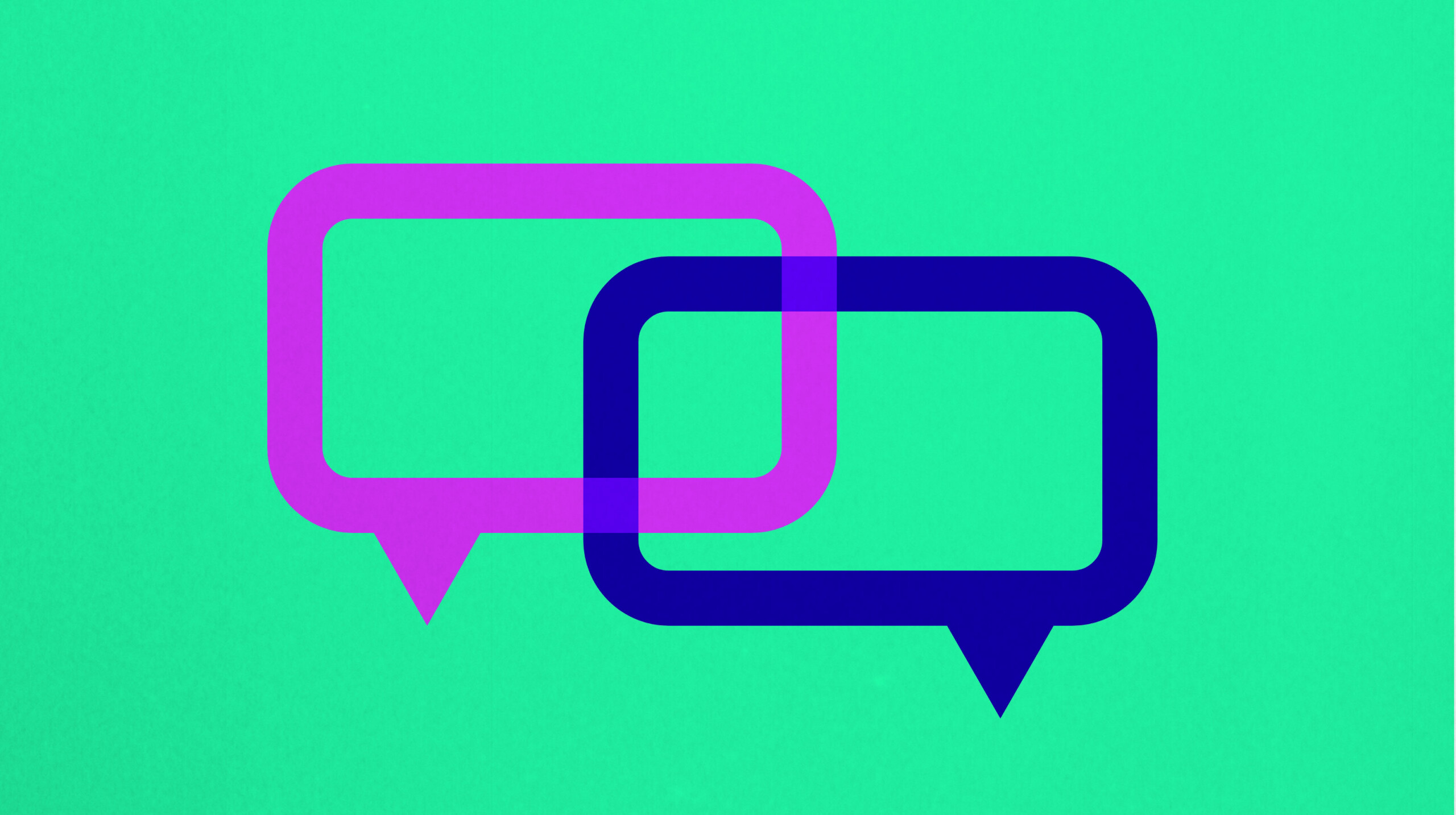by Howbridge Team
Share
by Howbridge Team
Share

Gone are the days when your biggest competitors are limited to those within your industry. In the world of digital marketing, personalized online shopping experiences and innovative customer service offerings, your biggest competitors are the brands your audience is already buying from. Here’s why.
Who is your biggest competitor at this very moment?
Don’t limit your thinking to the company whose product creates more revenue than yours or the new contender promising to shake up the industry. Instead, think big picture. What brand—any brand—promises to disrupt your next sale?
Answer: The last brand your ideal client made a purchase from.
As IBM executive Bridget van Kralingen once said, “The last best experience that anyone has anywhere becomes the minimum expectation for the experience they want everywhere.”
In today’s world of digital marketing, personalized online shopping experiences and show-stopping customer service efforts, the boundaries between industries are blurring. No matter how innovative or unique your value-add may be, you must look beyond your immediate sphere of innovation to gain a competitive advantage.
In other words, you shouldn’t be fixated solely on your direct competition when it comes to developing a winning business or marketing strategy. You have to consider your audience’s ever-changing expectations, which are influenced by the products and services they’re interacting with outside the boundaries of your industry.
Major brands have used this fresh take on market research to gain a competitive advantage.
Luxury automaker Lexus recognized the customer service prowess Apple harnessed in its retail stores with the Genius Bar. So, it created Answer Bars in its dealerships to teach customers about the technology in its vehicles and troubleshoot problems.
Sprinkles Bakery borrowed the idea of the ATM machine from the world’s banks to provide their sugar-craving customers with 24/7 access to their cupcakes.
And fast food and coffee chains like McDonald’s and Starbucks have borrowed inspiration from companies like Uber and Amazon, allowing their customers to order ahead via online apps, appeasing a generation of consumers adapted to doing everything on their smartphones.
Let these examples be proof that your next great innovation, customer service offer or marketing idea can come from anywhere.
This is why we encourage our clients to make note of brand experiences that impact them, no matter how far they may stray from their business model.
As you see or experience examples of remarkable customer experiences, online ordering systems, website features or marketing campaigns, write them down.
Make a habit of documenting all of your ideas for innovation, no matter how far-fetched they may be. This is especially important when you find yourself wishing aspects of your business functioned differently or more proficiently. You never know what these moments of inspiration might spark (and who else might implement them before you if you stall).
Better yet, as you come across these strokes of genius, start asking yourself “how might we do this differently.” Look for a way to put your company’s unique spin on it.
At Howbridge, we work with clients just like you to define customer base segments and identify the brand attributes that speak to them most. Then we help you design products, services and marketing to meet those evolving expectations and needs.
When it comes to broadening your sources of inspiration, who better to collaborate with than a team of experienced entrepreneurs, founders, and builders from all different industry backgrounds?
Get in touch to see how we can work together. You never know what ideas it may spark.
When launching a new venture, it pays to be smart with your time and effort. That’s why developing a Minimum Viable Product (MVP) is so important. In this blog post, we explain what an MVP is and why you should consider investing in one. Imagine this… You have an idea for the perfect product—an app
Silos squash potential. At Howbridge, our experience shows that sustainable success sits at the crossroads of three elements: offerings, organizational dynamics and opportunities. In this blog post, we explain the O3 effect and our approach to creating continuous growth. Building a venture is filled with inflection points—none of them easy. But too often, companies face
Brands are putting a greater emphasis on building emotional relationships with consumers. “It’s powerful and it works,” says branding consultant Jim Stengel, former CMO of P&G and author of Grow: How Ideals Power Growth and Profit at the World’s Greatest Companies.
Businesses are often focused on delivering their product, dismissing “branding” as a lofty goal best left to large corporations. We often see this in clients who misconstrue what a brand is, believing their brand is something identifiable, such as a logo or tagline.



